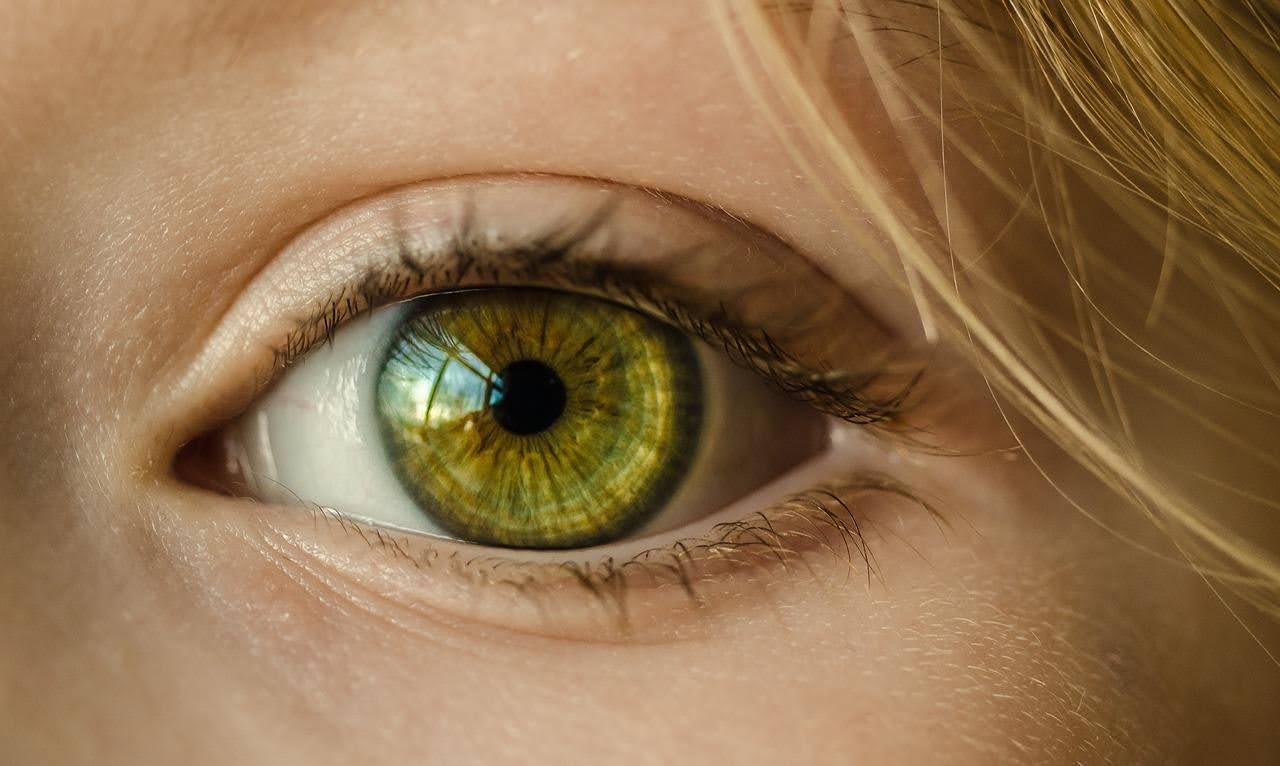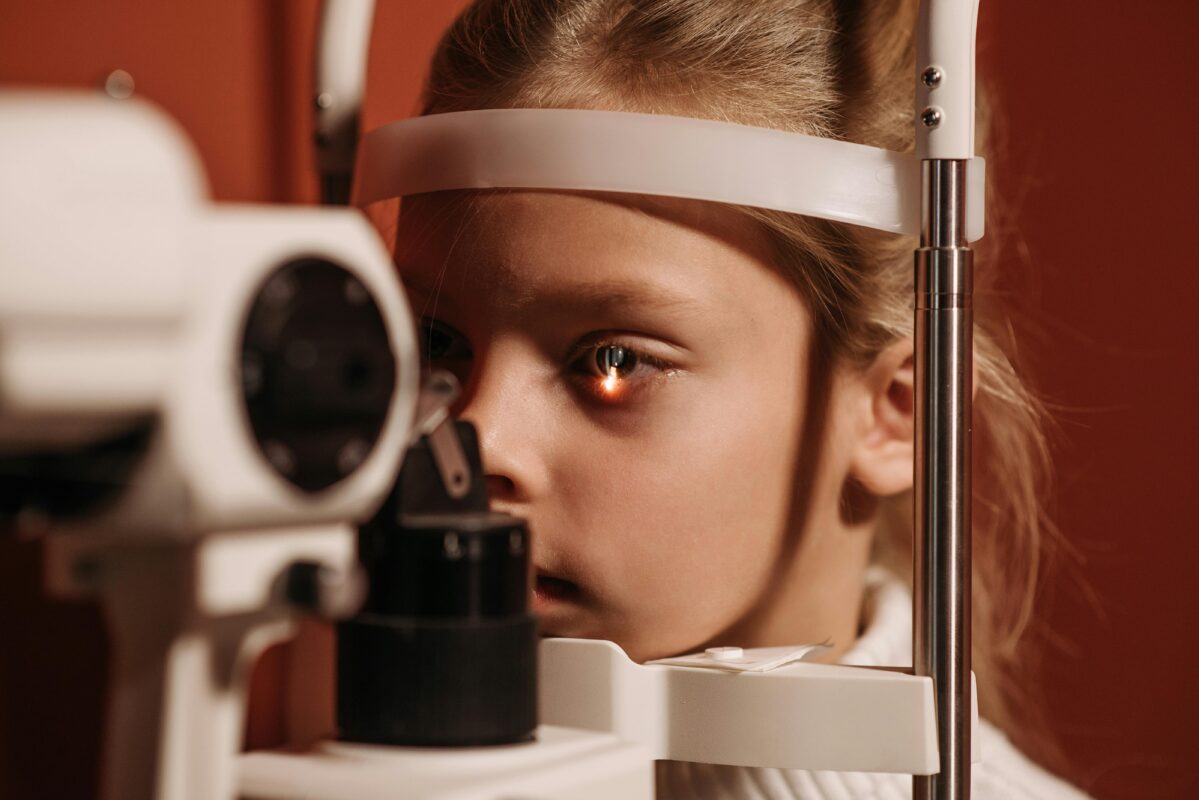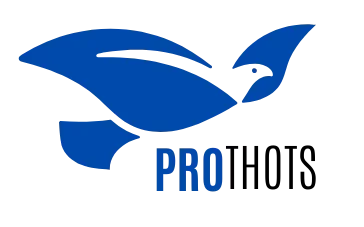Enhancing Eye Exams with Advanced Vision Screening Technology

Clinics are now seeking faster ways to assess vision and this field of testing has undergone significant innovations in recent years. Optometry professionals are now finding it easier to treat a variety of eye conditions and the advancements not only improve the efficiency of the tests but also enhance patient comfort. a Highly skilled eye doctors in Houston a use advanced technology to provide their patients with detailed and accurate eye exam results.
It’s where the right companies step in, they offer a device that can screen vision and identify disorders for all ages. With vision screening technology, you’ll get in touch with manufacturers who are industry leaders and use their products that perform a wide range of visual acuity assessments. They are adaptable and you can perform a single test in just 2 to 5 minutes. It’s going to save a lot of time, and with several features like a depth perception test, the results can be more consistent.
- Wavefront Aberrometer: This analyzes how light passes through the eye detecting minute imperfections that standard charts can’t measure. It’s especially helpful in customizing LASIK or diagnosing subtle night vision issues.
- Virtual Reality (VR) Vision Testing: Immersive VR base vision tests simulate real-life visual tasks making it easier to assess depth perception field of vision and reaction time in dynamic environments.
- Multilingual and Voice Guide Screening: Modern screening devices are breaking language barriers by offering voice instructions in multiple languages an important feature in culturally diverse clinics or international humanitarian missions.

The Cost of Outdated Screening
When you continue to rely on the traditional testing tools that may seem harmless know that the disadvantages can compound over time. Manual eye charts are going to heavily depend on the subject’s ability to understand instructions and the accuracy of the administrator.
- There may be inconsistencies with the lights and interpretation can lead to false negatives. In workplaces, allowing someone to operate heavy machinery can increase the risk of accidents, and this should be avoid at all costs.
- Inefficiencies can also be pressing concerns where eye charts are often time-consuming and they require one-on-one sessions that require a lot of time. Facilities may find them impractical especially if they’re managing a lot of patients every day.
- Miss detection can also be possible and errors can delay intervention. This can cost lives when people who should’ve been wearing glasses while driving are not doing so because of wrong prescriptions. See info about why people need glasses on this site here.
Elevating Care with Modern Solutions
What you need are devices like the VT1 that can be more efficient when it comes to eye screening. There are random tests to avoid memorization and they can easily be set up from a computer workstation in just a few clicks. The transmission results along with the software package can enhance the efficiency of the machine.
- You can download the brochure to see the other features but how it works is that the patient will put the headphones on. They will then receive thorough test instructions that are display on the unit.
- They are going to respond directly through clicks and the results are save automatically. The information will then be interpret and they are going to tell the administrator whether the patient has astigmatism, hyperopia or other issues.
Why Does this Technology Matter?

Adopting these new technologies will mean that they could change lives. Schools may need to utilize these tools to screen hundreds of students for further evaluation. Safety teams in an industrial plant may also benefit from screening their employees to reduce workplace incidents and the Department of Transportation can have higher standards of testing that can increase road safety.
- Faster Diagnosis of Systemic Diseases: The eyes often show early signs of conditions like diabetes, hypertension multiple sclerosis or even certain cancers. High resolution retinal imaging helps detect these warning signs.
- Empowering Non Specialists: With user-friendly tech, even general practitioners or community health workers can conduct reliable eye screenings and refer only complex cases to specialists saving time and resources.
- Disaster Response & Emergency Aid: Portable screening kits are now being use in disaster zones and refugee camps to provide immediate vision assessment where clinics don’t exist.
- Data for Public Health: Aggregate vision screening results can inform national health policies, showing trends in childhood myopia, regional cataract prevalence or the impact of environmental factors on eye health.
Technology is also doing the heavy lifting, so even remote clinics can offer tests that meet the high standards set by the right organizations in their area. More people are getting the chance to preserve their vision regardless of their background and they’re able to maintain their independence as well. See info about other tests in this link: https://geekymedics.com/eye-examination-osce-guide/.
Move Toward Better Screening Today
Transitioning to advance vision screening is more than a technological upgrade it’s a clinical transformation. Clinics adopting these systems benefit from
- Higher patient throughput
- Reduce waiting times
- Improve diagnostic accuracy
- Enhance compliance with health standards and accreditation
- Greater patient trust and satisfaction
Remember that the best tools are going to help you refine your screening tests, and they are going to give you an edge over your competitors. With these easy to use devices, they can improve the outcomes in various settings. If the clinic is still relying on outdate methods it might be the right time to rethink your approach. Explore this technology that can help you work smarter and not harder so you can take the first step towards more accurate vision care.
Conclusion
The evolution of vision screening technology is not just a matter of convenience it’s a critical upgrade that impacts healthcare quality access and safety. From rural clinics to high volume urban hospitals and from schools to industrial job sites the demand for rapid reliable vision testing is growing and modern devices are rising to meet the challenge.
